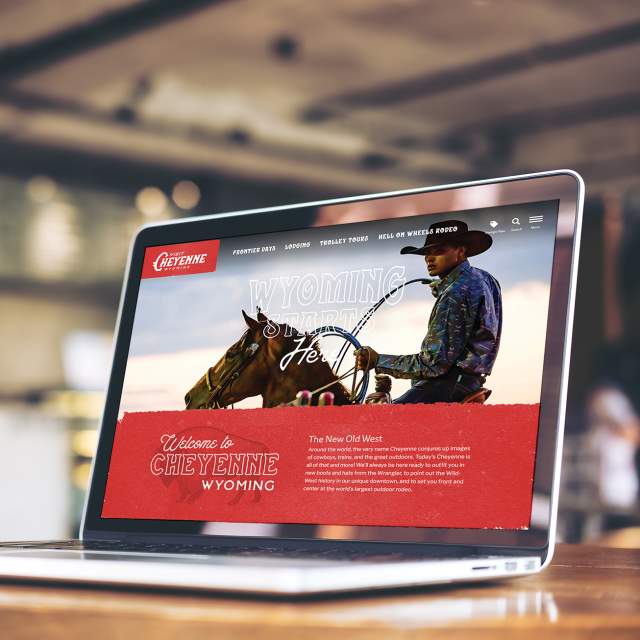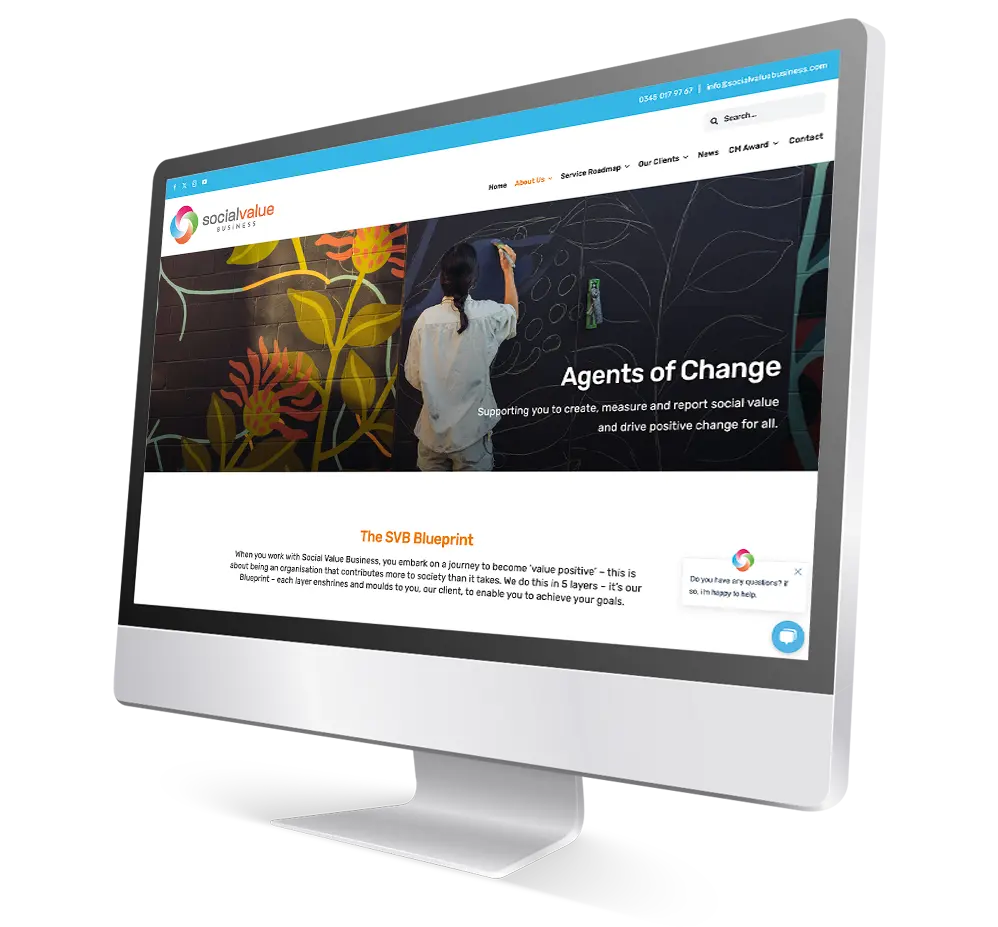Best Practices to Follow for a Successful Website Design Strategy
Best Practices to Follow for a Successful Website Design Strategy
Blog Article
The Ultimate Overview to Modern Website Layout Trends
In the ever-evolving digital landscape, contemporary website design trends play an important function fit individual experience and engagement. From the rise of minimalist style principles that prioritize simpleness to the impact of vibrant typography in defining brand identity, each aspect adds to a natural on-line visibility. The emphasis on receptive and mobile-first techniques, alongside ingenious microinteractions, additionally improves use. In addition, the expanding focus on lasting website design methods shows a dedication to ecological responsibility. These trends collectively raise important inquiries concerning the future of efficient website design and what it means for consumers and organizations alike.
Minimalist Layout Concepts
Minimalist style principles highlight the idea that less is a lot more, advocating for simpleness and capability in aesthetic interaction. This approach remove unnecessary components, focusing rather on crucial components that communicate the desired message effectively. By focusing on quality, minimal design boosts customer experience, permitting site visitors to navigate sites effortlessly.
Core tenets of minimal design consist of making use of enough white room, which produces a sense of balance and organization. This adverse space not just routes the customer's focus to crucial elements yet also cultivates a calming aesthetic ambience. In addition, a limited color scheme is commonly employed, utilizing monochromatic systems or soft shades to keep visual communication and avoid frustrating the customer.
Typography plays a vital role in minimalist design, where readable typefaces are picked for their simplicity and effectiveness in communicating content. Photos and graphics are made use of sparingly, making certain that they serve a function as opposed to sidetrack from the overall message. Ultimately, minimal layout concepts cultivate a focused setting that encourages customers to involve with the content, boosting the overall performance of contemporary site design. This fad reflects a growing recognition for thoughtful, user-centric looks in electronic spaces.
Bold Typography Selections
Embracing bold typography options has actually come to be a defining feature of modern-day web site layout, as it effectively catches interest and communicates solid messaging. Developers are progressively utilizing typography not just as a practical aspect however as an essential visual part that improves the overall aesthetic and individual experience.

Moreover, the association of vibrant typography with minimal layout principles permits striking contrasts, improving readability while keeping visual appeal. Using whitespace around vibrant text further emphasizes its relevance, making sure that the message resonates with the target market.
As digital landscapes end up being extra competitive, leveraging bold typography makes it possible for brand names to distinguish themselves and leave a lasting impression. The cautious selection of typefaces and their application can stimulate feelings, develop tone, and drive activity, making bold typography an important device in modern website style. Inevitably, it is a powerful means to enhance narration and ensure that vital messages are not just seen however likewise felt.
Receptive and Mobile-first Layout
Mobile-first and receptive layout has actually become a vital principle in modern-day website advancement, reflecting the enhancing dependence on mobile tools for accessing online web content. As user habits changes towards mobile surfing, developers need to focus on creating experiences that adjust seamlessly across numerous display sizes and resolutions.
A responsive design ensures that a site immediately readjusts its format, images, and capability based on the gadget being utilized. This approach enhances customer experience by offering regular navigation and readability, irrespective of whether the site visitor gets on a desktop computer, tablet, or smart device computer. Mobile-first design advocates for developing internet sites at first for smaller sized screens, subsequently scaling up to larger displays. This technique urges click to find out more a more effective and structured layout process, concentrating on important web content and capability first.
Carrying out receptive and mobile-first concepts not only satisfies customer preferences but additionally lines up with search engine optimization (SEO) practices. Major online search engine, like Google, focus on mobile-friendly internet sites in their rankings, making it vital for businesses to adopt these layout techniques. In an affordable electronic landscape, embracing mobile-first and receptive design is not simply an alternative; it is vital for making certain availability and engagement with a diverse audience.
Involving Microinteractions
Microinteractions play a critical function in enhancing individual interaction and general internet site experience, specifically in the context of mobile-first and receptive design. These refined layout aspects supply prompt comments to individuals, making communications more enjoyable and user-friendly. Examples include switch animations, alert signals, and filling signs, which not only guide users yet also produce a feeling of link with the user interface.
Integrating appealing microinteractions can considerably boost functionality by reducing cognitive tons. When customers obtain aesthetic or acoustic responses upon executing actions, such as clicking a switch or sending a form, they really feel more confident in their selections. This promotes a smoother navigation experience, eventually boosting user retention.

As web site design trends remain to advance, the relevance of microinteractions can not be overemphasized. They serve as the subtle yet powerful touchpoints that change normal interactions into remarkable experiences, consequently elevating the total efficiency of modern-day internet layout.
Sustainable Website Design Practices
Sustainable internet style techniques are ending up being increasingly necessary as the digital landscape grows and environmental issues climb. Programmers and developers are recognizing their obligation to produce web sites that not just offer user needs yet additionally lessen ecological effect. This strategy includes numerous crucial methods.
Firstly, enhancing energy intake is extremely important. Sites need to be developed to pack rapidly and successfully, which lowers server energy usage and boosts customer experience. Methods such as image compression, decreasing HTTP demands, and using modern coding practices contribute substantially to this goal.
Secondly, picking green organizing providers is important - website design. Several holding business are currently powered by renewable resource resources, making it possible for websites to run in a more lasting fashion. This option reflects a commitment to lowering carbon footprints
Additionally, embracing a minimal style can boost sustainability. Fewer aspects on a web page bring about much less data transfer, which not just quickens filling times yet additionally conserves resources.
Finally, advertising electronic ease of access makes sure that sites reach a broader target market without unnecessary bloat, straightening customer experience with ecological obligation. By incorporating these sustainable techniques, web designers can add positively to both user interaction and the world's well-being.
Final Thought
In recap, contemporary web site layout fads emphasize the integration of minimal principles, strong typography, and responsive style to enhance user experience. Involving microinteractions add to remarkable interactions, while lasting methods promote for ecologically conscious growth. Collectively, these elements not only boost visual charm however also enhance functionality, ensuring that web sites are both visually striking and user-friendly. Adopting these trends is vital for creating impactful digital experiences that reverberate with individuals in an increasingly competitive online landscape.
In the ever-evolving electronic landscape, modern-day site design patterns play an essential function in forming individual experience and engagement. By prioritizing clarity, minimal style enhances user experience, permitting site visitors to navigate internet sites easily.
Eventually, minimal design concepts cultivate a focused environment that encourages customers to engage with the material, enhancing the general efficiency of contemporary website layout.Microinteractions play a pivotal role in enhancing customer involvement and visite site total internet site experience, especially in the context of mobile-first and i was reading this receptive design.In recap, contemporary site layout patterns stress the combination of minimal concepts, strong typography, and receptive style to boost user experience.
Report this page